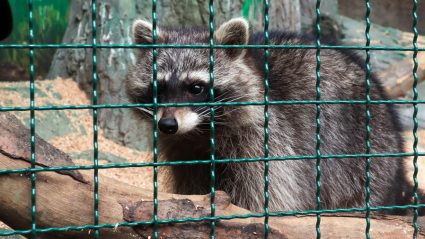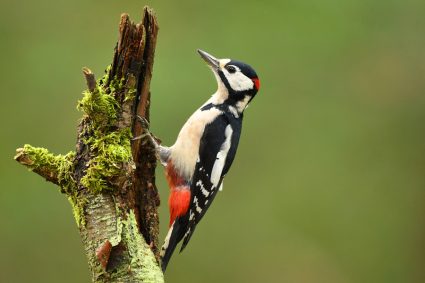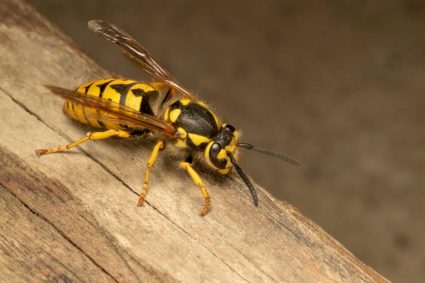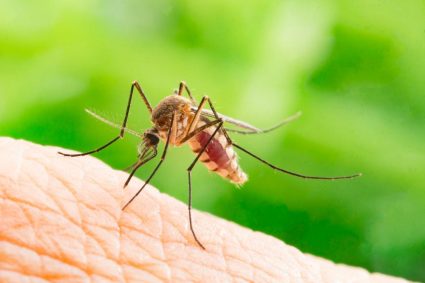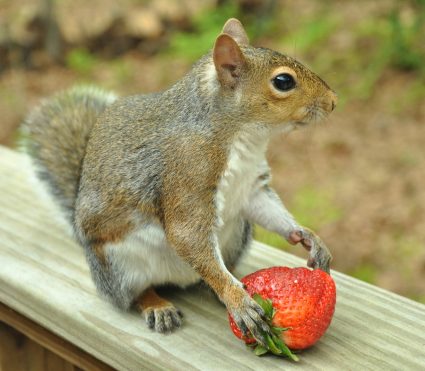
Geese, while beautiful to observe in the wild, can become a nuisance when they decide to make your property their home. Their droppings are not only unsightly but can also pose a health risk. Moreover, geese can become aggressive, especially during their nesting season. If you’re struggling with a geese problem, here’s an in-depth look at what repels geese.
Geese can be repelled by a combination of physical, visual, auditory, and taste deterrents, landscape modifications, and behavioral techniques. Physical deterrents include fences and netting, visual deterrents use objects like predator decoys and reflective ribbons, and auditory deterrents utilize loud, varied sounds. Taste deterrents like Methyl Anthranilate (MA), a non-toxic substance derived from concord grapes, can also repel geese. Landscape modifications such as planting tall grasses or other groundcovers and behavioral techniques like using trained dogs or scare tactics can also be effective.
Physical Deterrents
Physical deterrents aim to make the environment less hospitable for geese. This can be achieved by removing food and water sources, planting trees around water to prevent sunlight from nourishing grasses at the water’s edge, replacing grassy slopes with hard, steep banks, and planting tall grasses at the water’s edge to make accessing the water difficult. Exclusion devices such as netting, monofilament wire, and fences may also work to keep geese at bay.
Visual Deterrents
Visual deterrents include predator decoys like coyotes, dogs, or swans, which need to be moved constantly to remain effective. Other visual deterrents include balloons, scarecrows, flags, and Mylar tape. Reflective, plastic ribbons, flash tape, and holographic repel strips can also be used to repel birds as they catch the light and can make a humming sound in the wind.
Auditory Deterrents
Loud sounds, distress calls, and even dogs can be used to deter geese. However, these sounds should be varied and relocated frequently to prevent the geese from getting used to them. Equipment, ATVs, tractors, leaf blowers, and air horns can also be used to create sudden, unexpected loud noises.
Taste Deterrents
Liquid geese repellents use the powerful active ingredient Methyl Anthranilate (MA) to repel birds. MA is a non-toxic, EPA-approved substance derived from an extract of concord grapes, making it completely safe for humans and terrestrial animals. To people, MA has a pleasant, mild, grape smell, but to geese, it’s like pepper spray.
Landscape Modifications
Landscaping plays a significant role in deterring geese from a property. Geese are attracted to open expanses of turf grass, preferably adjacent to a water body, and they prefer areas with clear sightlines and easy access to water. Therefore, modifying these features can make a site less attractive to geese.
One of the primary ways to deter geese through landscaping is by reducing their food supply. Geese are grazers and prefer grass, especially fertilized Kentucky bluegrass. Replacing this with tall fescue, prairie plantings, English ivy, wildflowers, common periwinkle, Japanese pachysandra, or similar groundcovers can discourage geese from feeding. Letting the grass grow taller—at least 6 inches before the geese arrive—can also deter them, as geese love to eat the young shoots of grass.
Behavioral Techniques
Certain behavioral techniques can also be used to discourage geese from settling in a particular area. These include blocking off resources, displaying decoys, growing grass, using audio deterrents, applying liquid repellents, habitat modification, fencing or physical barriers, using trained dogs, and employing scare tactics.
Potential Drawbacks of Geese Repellents
While these repellents can be effective, there are potential drawbacks or disadvantages to using certain geese repellents. These include aesthetics, maintenance, cost, displacement, limited effectiveness, and the need for repeated applications.
In conclusion, while geese can be a nuisance, there are many ways to deter them from making your property their home. By using a combination of these methods, you can effectively manage and repel geese.
Frequently Asked Questions
Are there any specific breeds of dogs that are more effective at deterring geese?
Border Collies are often considered the best breed for deterring geese due to their intense stare and herding instincts. However, any breed trained correctly can be effective.
How often should I apply liquid geese repellents?
The frequency of application depends on the specific product and the weather conditions. However, many products recommend reapplying every 3 to 4 weeks or after heavy rainfall.
Do geese repellents harm other wildlife?
Most geese repellents are designed to be safe for other wildlife. For example, Methyl Anthranilate (MA), a common ingredient in liquid repellents, is non-toxic and safe for humans and terrestrial animals.
Are there any legal restrictions on using geese deterrents?
Laws vary by location, so it’s important to check local and national regulations. In many places, geese are protected species, so it’s essential to use humane, non-lethal deterrents.
What time of year are geese most likely to become a nuisance?
Geese can become a nuisance during their nesting season, which is typically from March to June. However, they can also cause problems during their fall migration, which occurs from September to November.



